We have previously detailed a few ancient Chinese robes from the Ming Dynasty (Zhiduo/Taoist/Zhishen), most of which are suitable for scholars, but today we will introduce you to 2 more martial styles ancient Chinese robes for men: Tieli & Yisan. You may often find these two classic Chinese costumes at Hanfu festivals or events, they are very eye-catching and handsome.
Tieli (贴里)
[History and characteristics of Tieli]
Tieli is usually worn under a round-necked robe and Dahu (褡护, a type of clothing that belongs to the Banbi), which makes the wide hem of the robe slightly outward and dignified. Tieli is the Mongolian word for the robe and is an import from the Yuan Dynasty. After being inherited by the Ming Dynasty, the garment was lengthened, and the overall structure closer to Shenyi system of the Hanfu, and integrated the Han "orthodox" rituals, and later became the most common ancient Chinese robes, and is a common style of the Ming Dynasty officials (up to the Feiyu suit, down to military uniforms).
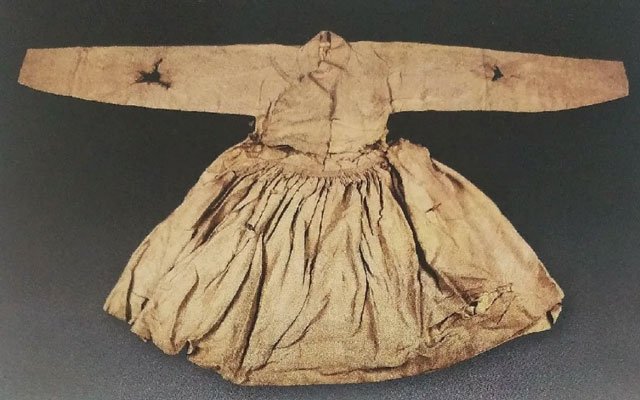
narrow sleeve Tieli, in the collection of the Shandong Museum of Art
Features of the Tieli include:
- Jiaolingyouren (交领右衽), the front and back of the garment are cut separates the top and bottom.
- Sleeves' styles are available in narrow and large, as well as short sleeves.
- Pleating below the waist, depending on how it is pleated, can be divided into large pleats and smooth pleats.
- The garment is not made with a slit on the sides, but is usually made with an internal hem in the left back side, shaped like a skirt.
[Dressing Occasion and Matching]
While the style of the Tieli is generally on casual, its nature can change depending on the patterns it's in. Plain Tieli can generally be used as casual wear in appropriate settings, or as an underlay to Dahu and other garments, and to hold up outer robes. It can be worn with a Taohuan (绦环, a kind of accessory) and a leather belt. For the headwear, can choose "Yishan Guan (翼善冠)".
Tieli decorated with ornate patterns or Buzi is generally worn for festive occasions or small ceremonial occasions. Probably the most common example is the "Feiyu suit" as we all remember it. It is worth noting that "Feiyu suit (flying fish)" is not a form of Hanfu clothing, it represents the Feiyu pattern on the clothing, and Tieli can also be decorated with other patterns.
Yisan (曳撒)
Next up is Yisan. Yisan and Tieli are also seen by many as similar styles, so how do the two of them differ?
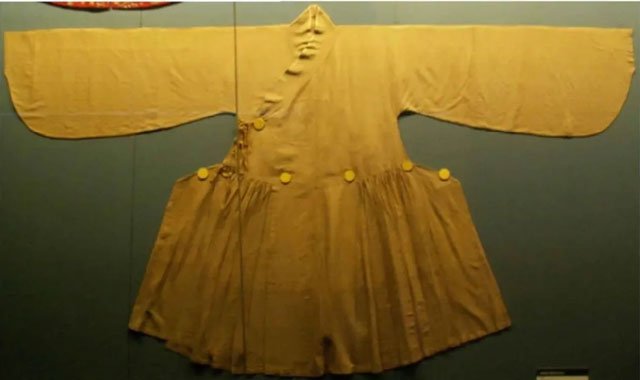
Yisan
[History and characteristics of Yisan]
The standard writing for Yisan is "衤曳衤散 (yì sǎn)", it is one of the common ancient Chinese robes in the Ming Dynasty, and the emperor also used Yisan in daily casual wear. Yisan or from the Yuan Dynasty "Zhisunfu (质孙服, Mongolian call jisun)".
The body of the Yisan is mostly decorated with Yunjian(云肩), Tongxiulan(通袖襕), Xilan(膝襕), and other patterns, and can also be decorated with Buzi, mostly worn by the imperial family and civil and military officials, this phenomenon is common in the Ming court paintings.
Yunjian refers to a cloud-like area that is delineated by a complex pattern from the chest to the back, and within this area, the pattern is filled in. Later on, the outline gradually disappears, leaving only a contour line to fill in the pattern, which is more gorgeous and varied at this time. Commonly used patterns include political patterns such as dragons, Mang (蟒), and Feiyu, as well as patterns of wealth and nobility.
Tongxiulan, in the same way as the Yunjian technique, it also outlines a fixed area for decoration. This area is generally the edge of the outline from the cuffs to the shoulder of the Yunjian. However, in the early days, it was only a straight line, but in the mid to late Ming Dynasty, the decoration of a square area similar to the clouded shoulders became popular.
Xilan is in the front and back of the top, with Jin to the knees, and is also an area of long horizontal stripes made up of straight lines.
The decorative motifs of Yunjian, Tongxiulan, and Xilan all use the same themes and elements, and later the contours fade away, sometimes without contours at all. The fully decorated robe is very gorgeous and rich, which is the representative decoration technique of the Ming Dynasty luxury.
Features of the Yisan include:
- Jiaolingyouren, sometimes with a Huling (护领);
- Early narrow sleeves, mainly for the inner court guards dress, Yongle years later appeared pipa sleeves;
- The back Jin is cut top and bottom, unbroken, and front Jin is cut apart at the top and bottom;
- There are Mamian pleats below the waist, and small pleats on the upper part and the left and right sides, and outer hem on the left and right sides;
- The length of the Yisan is usually above the knee and up to the calf.
[Dressing Occasion and Matching]
Similar to Tieli, the common styles of Yisan are mostly narrow sleeves or pipa sleeves, which are suitable for daily use, while those decorated with ornate patterns or Buzi can also be used as regular clothes for festivals or small ceremonial occasions. Concepts such as "Feiyu suits", are used in the same.
When wearing Yisan, it can be worn with the Taohuan, leather belt, and Luandai(鸾带, a broad and long fabric decorated with various patterns and decorated with pendant spikes at both ends, which was often given as an accessory for Yisan in the Ming Dynasty and worn as a ceremonial costume for ceremonial occasions.).
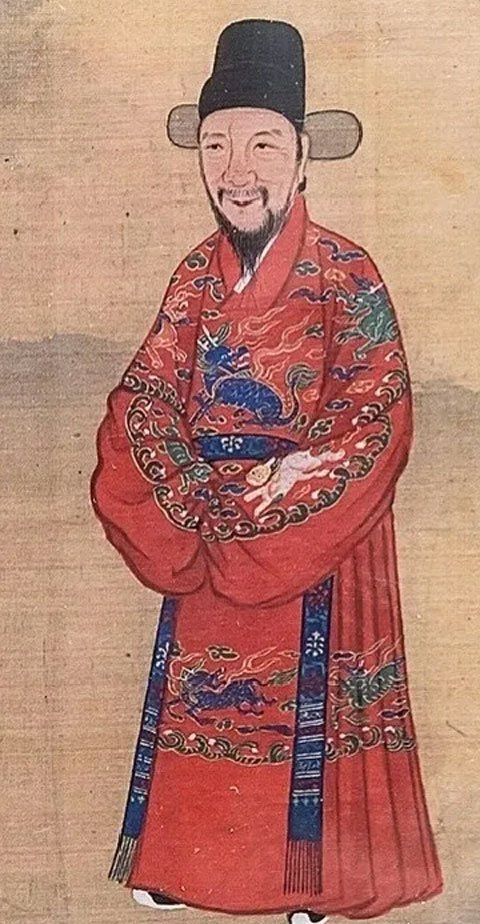
Portraits of the Ming Dynasty: officials in Yisan and Luandai
Difference between Tieli and Yisan
As two classical ancient Chinese robes, The shape of a Tieli and a Yisan may seem similar, but if you look closely, you can see that there are obvious differences between the two.
- Tieli is cut separately at the front and back; VS Yisan is just splitting the front and not the back.
- Tieli is pleating below the waist; VS Yisan is Mamian pleats below the waist.
- Tieli is not made with a slit on the sides & internal hem; VS Yisan is slit, with an outward hem.
Above is the introduction of ancient Chinese robes: Tieli & Yisan, for more information about the Chinese robe & men's Hanfu, please click here.


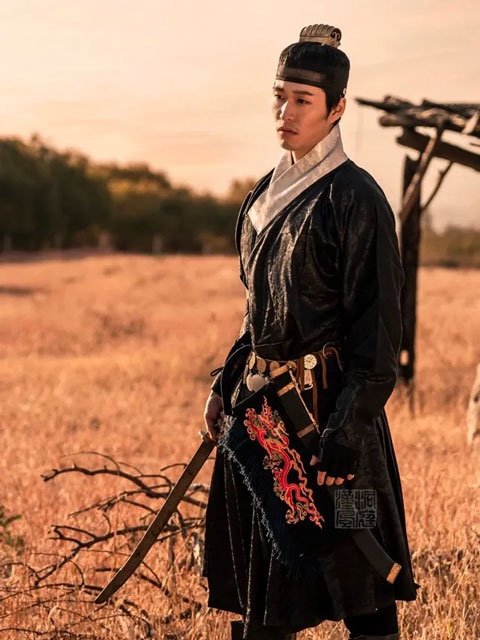
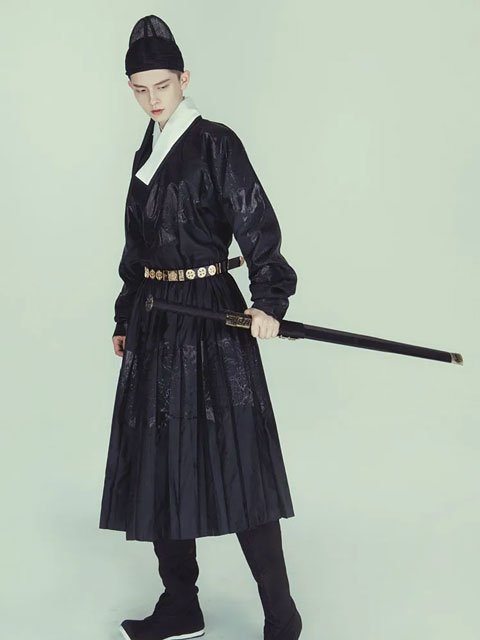
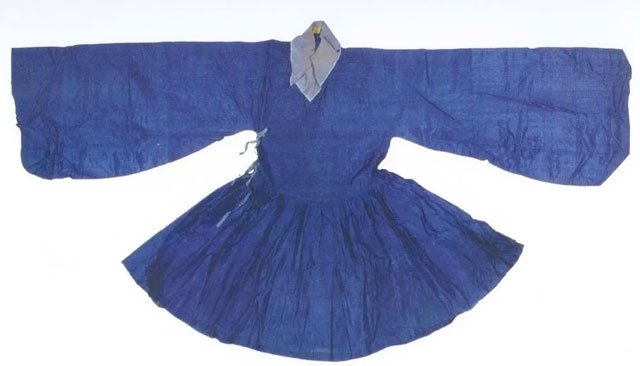
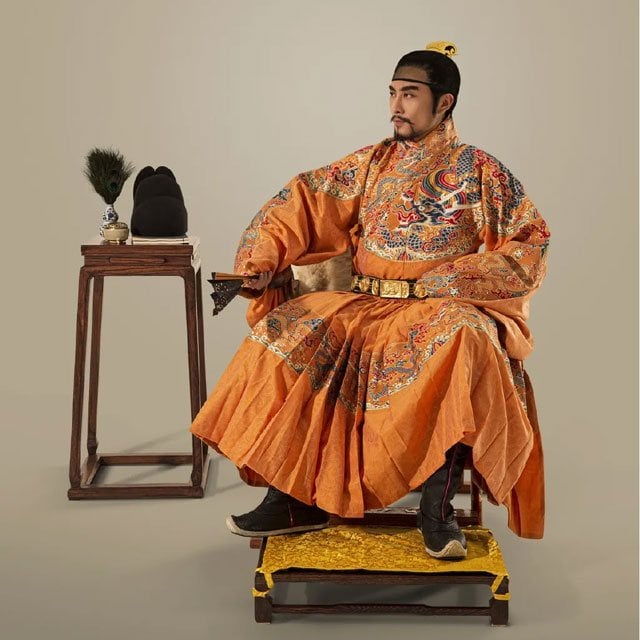
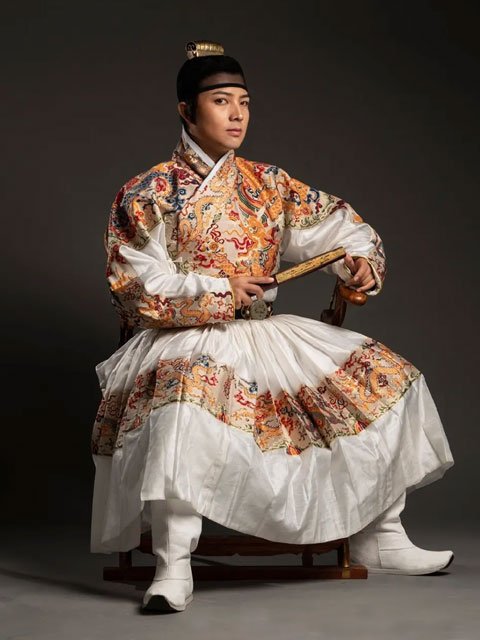
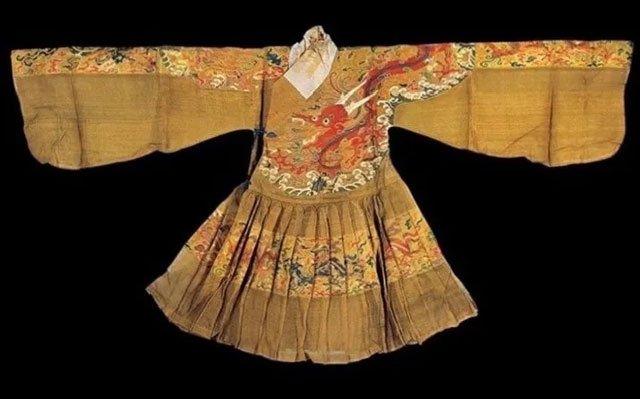
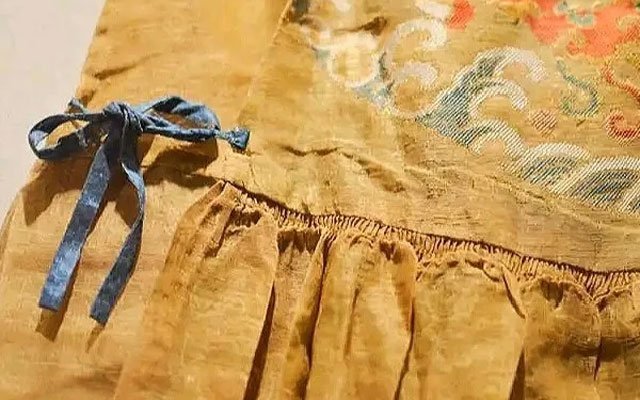
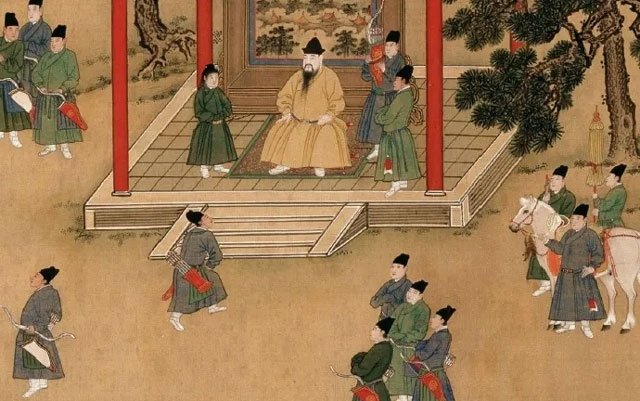
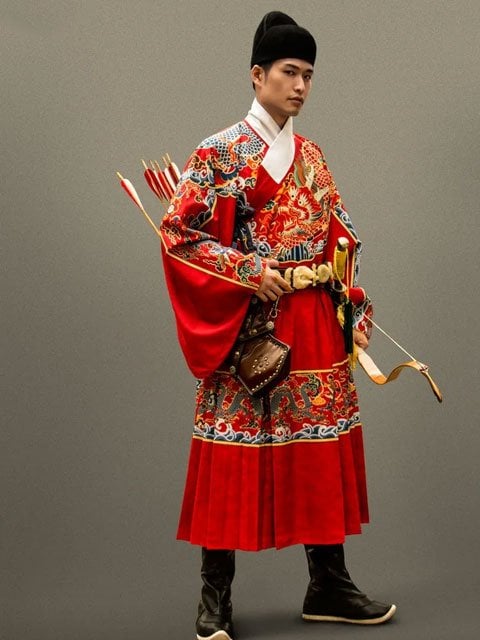
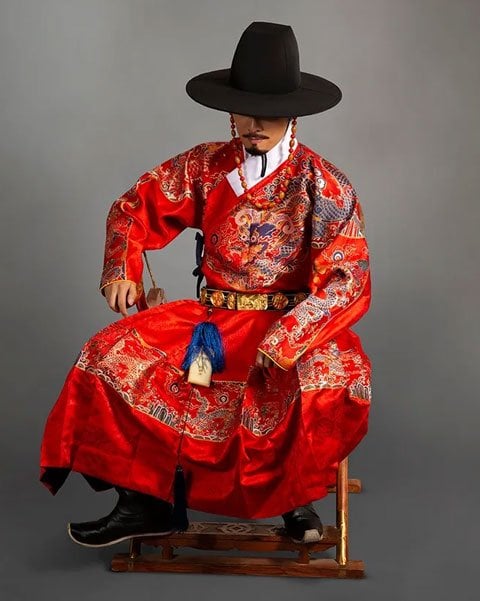

As someone who has no idea about sewing or clothes-making it’s a bit difficult to understand the differences in hems and pleating and whatnot 😅😅but very cool! This general style is very nice and striking!
So tieli actually gathers the pleats, huh 🤔